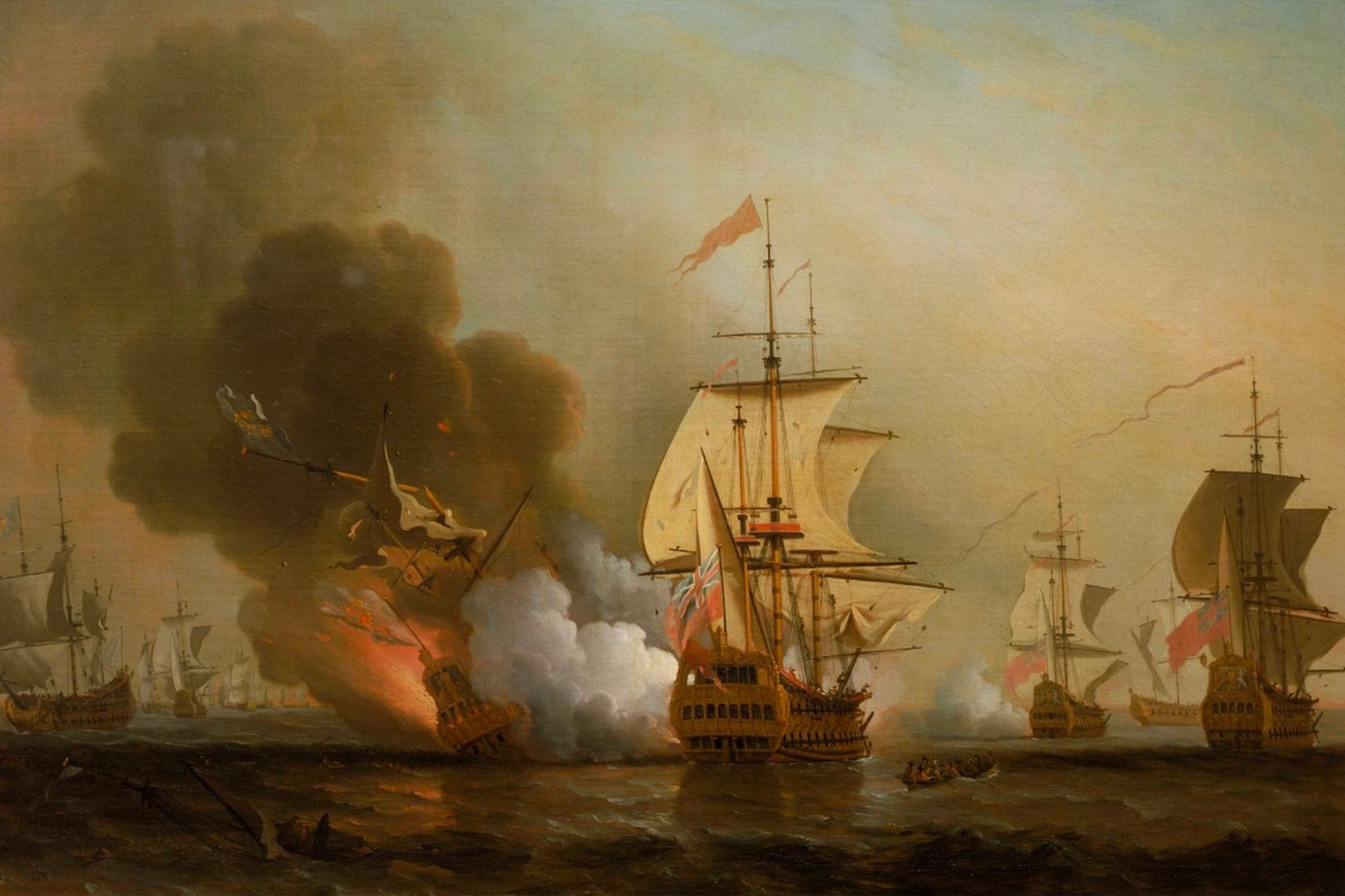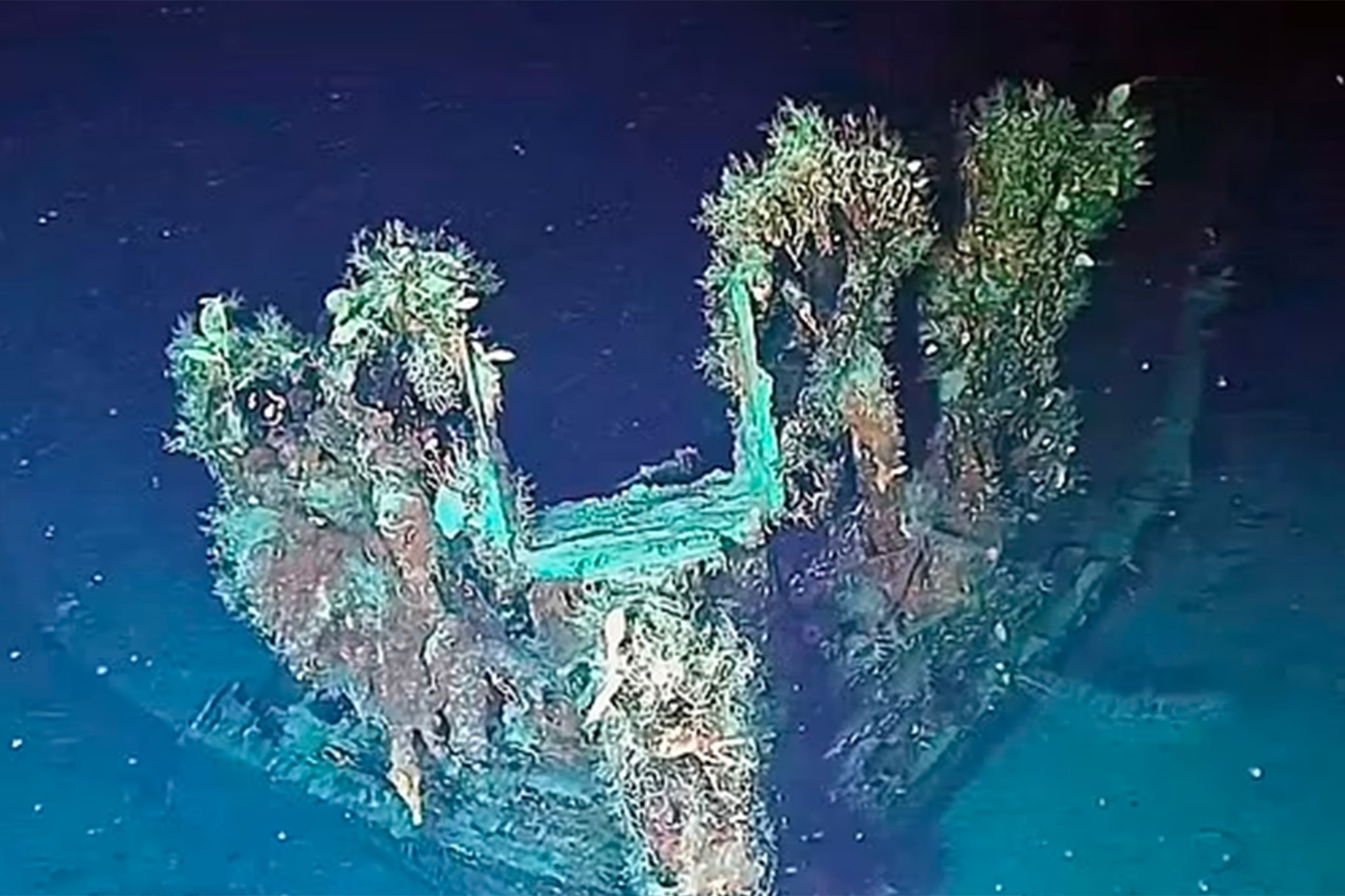Sunken Spanish ship from 1708 could be ‘holy grail’ with $20bn of treasure
Government is keeping ship’s location secret to keep it away from amateur treasure hunters
Your support helps us to tell the story
From reproductive rights to climate change to Big Tech, The Independent is on the ground when the story is developing. Whether it's investigating the financials of Elon Musk's pro-Trump PAC or producing our latest documentary, 'The A Word', which shines a light on the American women fighting for reproductive rights, we know how important it is to parse out the facts from the messaging.
At such a critical moment in US history, we need reporters on the ground. Your donation allows us to keep sending journalists to speak to both sides of the story.
The Independent is trusted by Americans across the entire political spectrum. And unlike many other quality news outlets, we choose not to lock Americans out of our reporting and analysis with paywalls. We believe quality journalism should be available to everyone, paid for by those who can afford it.
Your support makes all the difference.A Spanish ship that sank in the Caribbean in 1708 could hold sunken treasure including gold, silver, and emeralds worth up to $20bn, the Colombian government said, unveiling plans to explore the legendary galleon.
Colombia said it is launching a government expedition to investigate the wreck of the San Jose galleon, dubbed the “holy grail of shipwrecks.”
Historical records suggest the ship was carrying wealth accumulated from several of South America’s Spanish colonies, including over 100 steel chests full of emeralds and millions of gold and silver coins.
Launched in 1698, the ship sank in a battle off Barú Island south of Cartagena as it was travelling from the New World to the court of King Philip V of Spain, laden with treasure for the royal coffers.
Historians say the ship encountered a British squadron near Barú and in the ensuing battle the legendary galleon’s powder magazines detonated, destroying it and killing over 500 members of the crew.
A previous expedition by the Woods Hole Oceanographic Institution located the sunken galleon in 2015, but attempts are yet to be made to recover its treasure.
Colombia said on Friday that it is investing about $4.5m in 2024 alone to explore the galleon.
The government is keeping the location of the expedition a secret to deter amateur treasure hunters.

Researchers hope to use new technology to explore the water around the shipwreck at a depth of nearly 600m (about 2,000 ft).
So far, oceanographers have used sea depth analysis and soil studies of the ocean bed to understand the best ways to extract the galleon’s contents.
The government plans to use submerged robotic technology to extract some of the treasure from the surface of the sunken ship between April and May.

This could help determine what condition treasure from other parts of the ship would be in when it comes out of the water.
The ship’s discovery sparked a tug-of-war over its custody, with Spain claiming the bounty was theirs and Bolivia insisting the treasures belonged to its indigenous Qhara Qhara nation who were forced to mine for the precious metals by Spanish colonists.
Colombian president Gustavo Petro wants to use the government’s own resources to recover the wreck and ensure it stays within the country.
Officials say the expedition is being planned for cultural reasons more than to discover sunken treasure, mainly to understand what life was like for the hundreds on board before the vessel sank.
“History is the treasure,” Juan David Correa, Colombia’s minister of culture, told the Associated Press.
Join our commenting forum
Join thought-provoking conversations, follow other Independent readers and see their replies
Comments